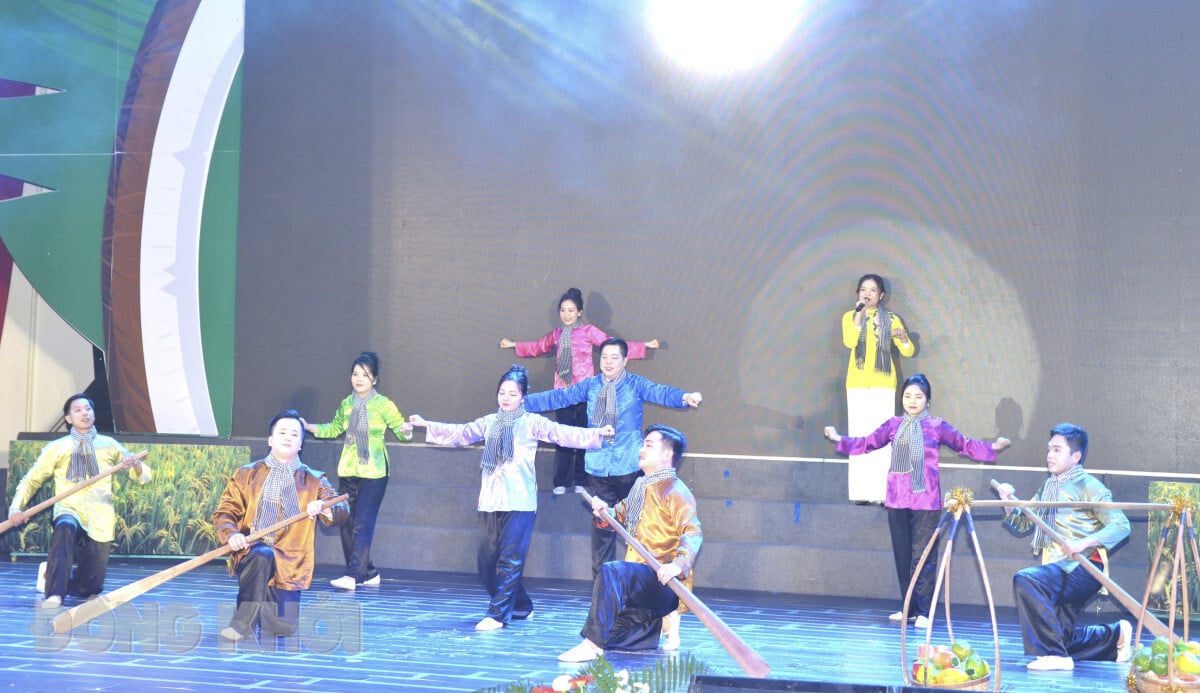
The quality of spiritual cultural enjoyment is improved.
From the new Dong Khoi movement
After 3 years of implementing Directive 01-CT/TU (1977-1979), the province achieved great and comprehensive victories in all aspects; basically solving well the difficult and complicated problems at that time. During this period, the province focused on production, famine relief, and taking care of people's lives. Irrigation works to prevent salinity, drain water, and drain waterlogging ensured increased crops, intensive cultivation, and strong development of agricultural production. To promptly solve the famine (1977-1978), the province encouraged people to take advantage of land to grow sorghum, cassava, and other crops. At the same time, it restored coconut gardens and promoted fishing. As a result, the province not only met the hunger needs of the people but also fulfilled its obligation to submit to the Central Government over 7 thousand tons of food.
In addition, the province also made great efforts to take care of cultural and spiritual life and social issues after the war. The province did well in distributing medicine, providing health care, education, organizing entertainment for children and adults... through popular education movements, arts, and mass sports ; as well as implementing well the policies for war invalids and martyrs' families, all of which achieved positive results in the specific conditions at that time.
“Ben Tre Aspiration 2025” stated: The new Dong Khoi in the period of 1977 - 1997 was a step to restore production, care for people's lives, build a political system, create initial material and spiritual foundations for the period of promoting industrialization and modernization. The most significant achievement was the restoration of production, development of agricultural economy, overcoming the famine of 1977-1978, stabilizing people's lives. In particular, this period created a basic foundation for economic - cultural - social development (transportation, irrigation, schools, hospitals, clinics), political security, social order and safety were always ensured. The political system, especially the work of Party building, continuously grew. The new Dong Khoi created an important material, political and spiritual foundation for the next period".
To the works of the century
Continuing to promote the results achieved in the New Dong Khoi Movement in the period of 1977 - 1997, the 6th Provincial Party Committee issued Resolution No. 07-NQ/TU, dated December 5, 1997 on organizing the commemoration of the historic days of 2000, launching the New Dong Khoi emulation movement to promote industrialization, modernization, and push back poverty and backwardness. After more than 15 years of implementing Resolution No. 07-NQ/TU, the Provincial Party Committee and people have achieved important achievements.

Many projects are invested in socio-economic development.
Since 1989, with the efforts of the provincial Party Committee and people, and the investment of the Central Government, the national power grid has crossed the Tien River, then crossed the Ham Luong River to 3 island ranges. This is considered a project of the century. With the method of "State and people working together", the power grid has gradually covered remote and isolated areas. By the end of 2014, 99.8% of households used electricity for daily life (Ben Tre Province Statistical Yearbook 2015), contributing significantly to changing the economic, cultural and social life of millions of Ben Tre people.
With the motto "The State and the people work together", the Party Committee and people of Ben Tre continued to carry out the Dong Khoi movement on traffic. The whole province has become a large construction site for rural traffic. The movement to build rural traffic has developed and created a strong influence. More than 300 thousand kilometers of red stone roads, concrete roads, and asphalt roads have been built. Thousands of reinforced concrete bridges have replaced "monkey bridges". The highlight of this period was on January 19, 2009, Rach Mieu bridge across Tien river connecting the two banks of Tien Giang - Ben Tre was inaugurated.
One year later, on January 17, 2010, Ham Luong bridge connecting Bao - Minh islands was technically opened to traffic and put into use on the occasion of the 35th anniversary of the Liberation of the South and National Reunification Day (April 30, 2010).
In 2014, Co Chien Bridge was completed, connecting Ben Tre - Tra Vinh, opening up the eastern coastal traffic route, connecting Ben Tre with the Mekong Delta provinces and Ho Chi Minh City. In particular, the national and provincial highways in the province have been asphalted and concreted; weak bridges have been removed, and bottlenecks on routes 883, 884 have been removed. "The new Dong Khoi achievements in the field of transportation are enormous, creating conditions for the province to integrate, attract investment and develop rapidly with other provinces in the region", "Ben Tre Aspiration 2045" affirmed.
Comprehensive agricultural development
At the first Provincial Party Congress, the province soon determined the goal of striving for comprehensive agricultural development as the basis, accelerating the expansion of area, increasing food productivity, resolutely maintaining and preserving coconut and fruit tree areas. At the same time, developing livestock, fisheries, forestry, linking agriculture with industry and handicrafts; making efforts to develop irrigation; promoting intensive farming, increasing cropping, gradually deepening production, aiming to achieve increasingly high economic efficiency on the relatively narrow land of the province.
After 10 years of hard work (1975 - 1985), the province's agriculture has achieved quite basic results. The rice growing area increased from 60,000 hectares to 90,000 hectares; the output increased from 180 thousand tons to 450 thousand tons. The average food per capita increased from 260 kg (1975) to 380 kg (1984).
Coconut area increased from 18,000ha (1976) to 40,000ha (1985); output increased from 20 million fruits/year to 120 million fruits/year. At the same time, the movement of intercropping and intercropping in gardens created a multi-layered farming system to increase income and efficiency on an area.
After coconut trees, sugarcane trees developed rapidly during this period. Ben Tre became one of the provinces with the largest sugarcane area in the Mekong Delta, with an area of 9,300 hectares (1983).
Fruit trees are also an important source of income for the province, estimated at 9,000 hectares, accounting for 6% of the cultivated land area. Fruit trees are not only rich in variety but also valuable in quality. Bananas alone cover nearly 5,000 hectares, an important export product of the province.
Since liberation, livestock and poultry have been restored and increased in number. The herd of buffaloes and cows increased from 35,000 (1975) to 66,000 (1984), the herd of pigs increased from 60,000 to 220,000, and poultry increased from 1.28 million to 2.17 million.
In the production relations gradually revealed signs of being inconsistent with the productive forces, so in the period 1985 - 1990, Ben Tre agriculture in particular as well as the economic picture of the province revealed weaknesses, the growth rate slowed down.
In the light of the renovation policy proposed in the 6th Congress of the Communist Party, the province has proposed measures to overcome limitations and weaknesses, together with the whole country, to innovate in policies, directions, and directions, to rebuild the development plan for the period 1996 - 2000, and to orient economic development in line with the improvement and enhancement of management skills. From the innovation in policies and mechanisms, the province's agriculture has developed relatively comprehensively, at a faster pace, harmoniously and balancedly combining the rice field economy, garden economy, and marine economy with livestock, linking agriculture with industry, small-scale industry, and export.
Commodity production associated with new rural construction
In recent years, the economy has been invested in developing towards commodity production associated with new rural construction (NTM). According to the announcement of the Provincial Statistics Office on socio-economic statistics in 2024, overcoming many difficulties and challenges, promoting achievements in nearly 40 years of innovation, the province's socio-economy continues to be in a positive recovery trend and has achieved some remarkable results in various fields. In 2024, GRDP is estimated to increase by 5.68% over the same period last year, higher than the increase of 4.6% in 2023. The industrial and construction sector continues to be the sector with the highest growth rate, with an increase of 10.59%, contributing 2.24 percentage points. The service sector achieved an increase of 6.29%, contributing 2.29 percentage points. The agriculture, forestry and fishery sector achieved an increase of 2.12%, contributing 0.72 percentage points. Product taxes minus product subsidies increased by 3.73%, contributing 0.14 percentage points.
The added value of the fisheries sector increased by 4.25%, contributing 0.72 percentage points to the overall growth of the economy. The added value of the entire industrial sector increased by 11.72% over the same period last year, contributing 1.96 percentage points. The added value of the service sector increased by 6.29%, higher than the 5.13% increase in 2023.
In 2024, the economy is shifting towards reducing the proportion of agriculture and increasing industry and services, in line with the goal of modernization. Specifically: The agriculture, forestry and fishery sector accounts for 33.79%. The construction industry sector accounts for 20.76%. The service sector accounts for 41.93%. Product taxes minus product subsidies account for 3.52% (Structure in 2023: agriculture, forestry and fishery sector 34.46%; construction industry sector 20.20%; services 41.76% and product taxes minus product subsidies 3.57%). The average GRDP per capita in 2024 is estimated at 56.8 million VND/person, an increase of 9.16% compared to 2023.
According to information from the Provincial National Target Program Coordination Office, the province currently has 118 communes meeting NTM standards, 6 communes meeting 15-18 criteria (TC), 8 communes meeting 10-14 TC and no commune meeting less than 10 TC, with an average of 18.7 TC . From the beginning of 2025 to now, the province has recognized 5 more communes meeting NTM standards, 3 communes meeting advanced NTM standards. It is estimated that by June 2025 (accumulated from the beginning of the year), the province will recognize 13 communes meeting NTM standards (260% of the plan), 6 communes meeting advanced NTM standards (100% of the plan), 4 communes meeting model NTM standards (200% of the plan).
Of the 118 communes that have met the NTM standards, 49 communes have met the advanced NTM standards and 19 communes have met the model NTM standards. Cho Lach and Mo Cay Nam districts have met the NTM standards and Ben Tre City has completed the task of building the NTM...
According to Chairman of the Provincial People's Committee Tran Ngoc Tam, in 2024 and the first months of 2025, the province's socio-economic situation will continue to recover positively and achieve some remarkable results in areas such as: Solutions to prevent and combat saltwater intrusion have been effectively implemented, protecting production achievements and contributing to maintaining stable agricultural production. Growth in the industrial - construction and service sectors has been quite good. Export turnover, total retail sales of goods and consumer services, number of visitors and tourism revenue have all increased compared to the same period. Budget revenue is quite high compared to the previous year. Cultural - social activities and social security have been improved. Anti-corruption and anti-negativity work has been promoted. Political security and social order and safety have been maintained... |
Article and photos : Tran Quoc
Source: https://baodongkhoi.vn/co-so-ha-tang-kinh-te-xa-hoi-tu-gian-kho-vuon-len-27042025-a145840.html



![[Photo] Vietnamese and Hungarian leaders attend the opening of the exhibition by photographer Bozoky Dezso](https://vphoto.vietnam.vn/thumb/1200x675/vietnam/resource/IMAGE/2025/5/29/94d8ceca5db14af3bf31285551ae4bb3)
![[Photo] Prime Minister Pham Minh Chinh receives a bipartisan delegation of US House of Representatives](https://vphoto.vietnam.vn/thumb/1200x675/vietnam/resource/IMAGE/2025/5/28/468e61546b664d3f98dc75f6a3c2c880)

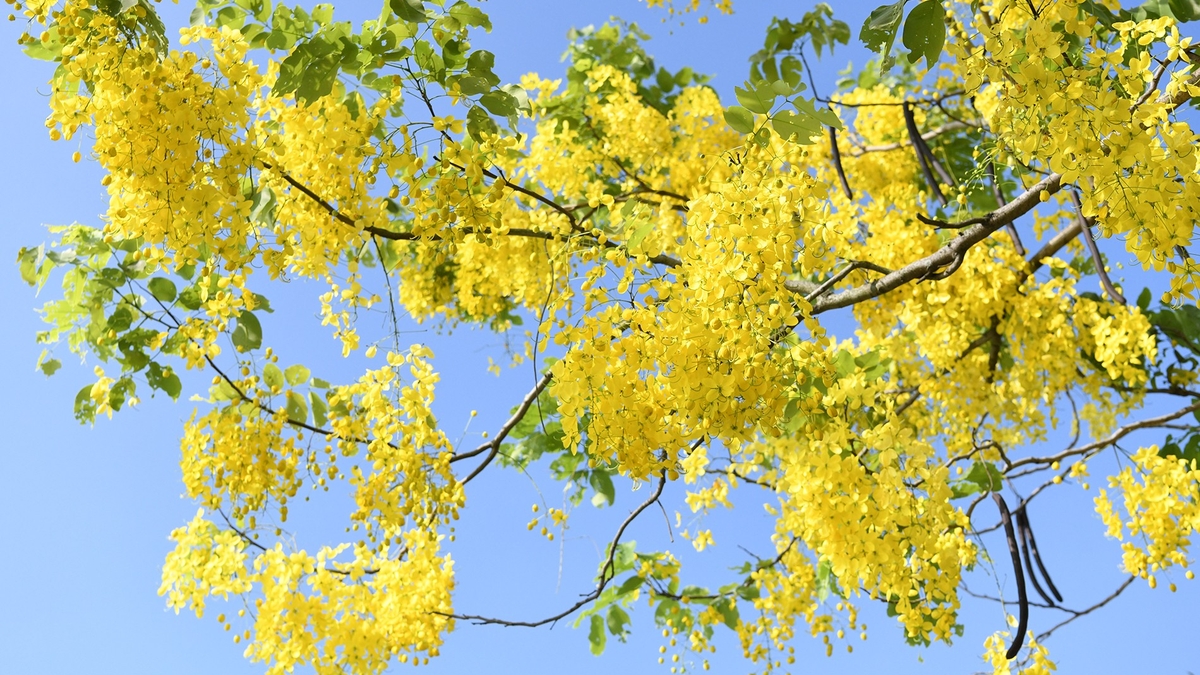





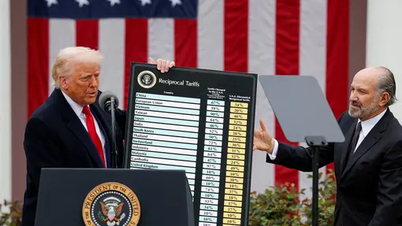




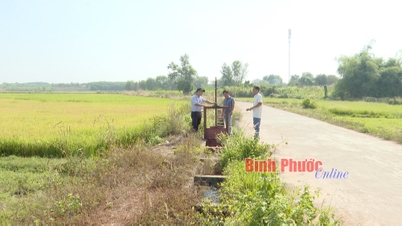





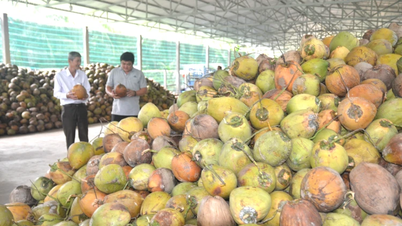
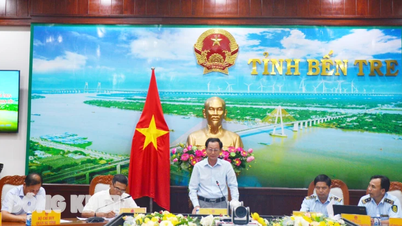
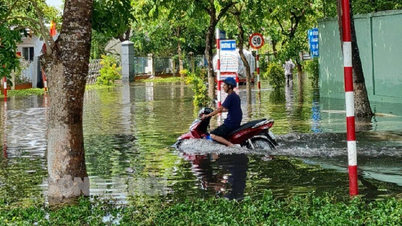

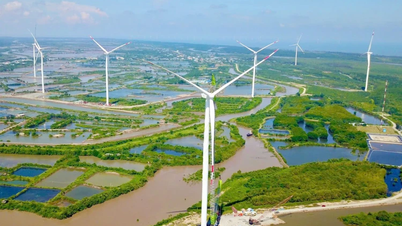
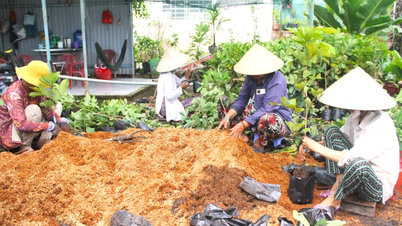
![[Photo] 12th grade students say goodbye at the closing ceremony, preparing to embark on a new journey](https://vphoto.vietnam.vn/thumb/1200x675/vietnam/resource/IMAGE/2025/5/28/42ac3d300d214e7b8db4a03feeed3f6a)
























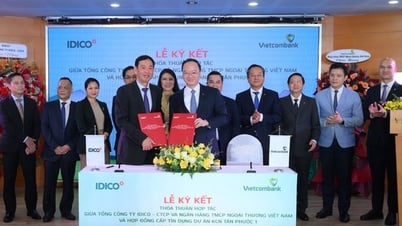










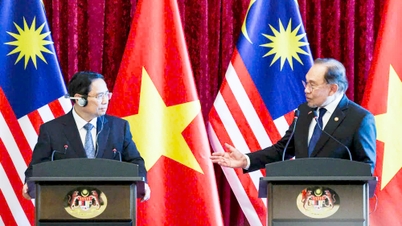

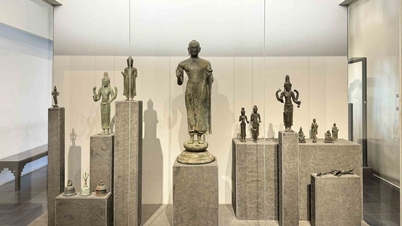
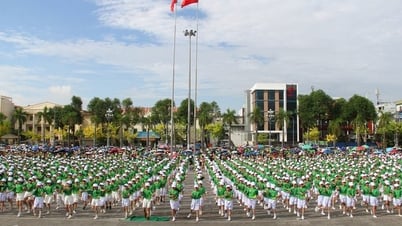

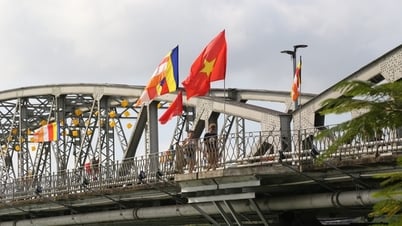





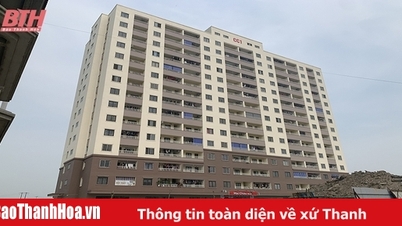









Comment (0)